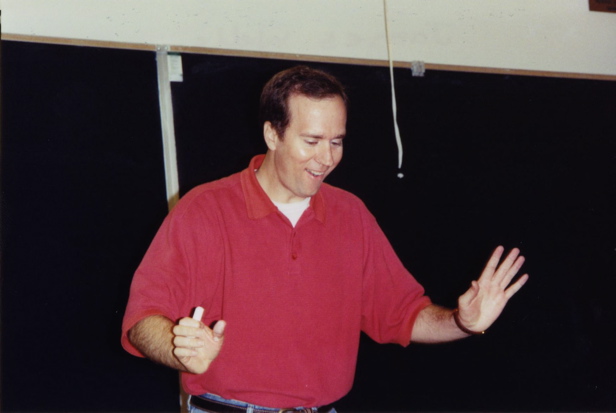
Physicist Gerald Guralnik was one of the scientists who originated the Higgs theory in 1964. “My hope is that as the puzzle continues to be unraveled that some of the wonder and excitement that we physicists have felt for decades will continue to be felt across the world the way it was on July 4th.” The Higgs field was proposed in 1964 as a new kind of field that fills the entire Universe and gives mass to. He was present for the announcement of the boson’s discovery in 2012, and wrote about the field’s future: In the Higgs bosons case, the field came first.

He wrote that Werner Heisenberg, a Nobel Prize-winning physicist and one of the greatest scientists of his day, told Guralnik that his theories were “junk.” Guralnik feared that was the end of his career. Sure enough, these properties were found to be as predicted. The spin and parity were measured through angular correlations between the particles it decayed to. In recent essays, Guralnik commented on how radical his search for the Higgs boson was to his professors when his seminal papers were published in 1964. In the Standard Model, the Higgs boson is unique: it has zero spin (making it the only fundamental particle with this characteristic), no electric charge and no strong force interaction. “He was an early advocate and important contributor to the numerical approach to quantum field theories and also in exploring the structure of strong coupling expansion - paving the way for two of the most important current research areas in theoretical particle physics.” “Gerry forged his own path and yet always focused on fundamental issues in physics,” said Chung-I Tan, professor of physics at Brown and a longtime colleague of Guralnik’s. Guralnik was the Chancellor’s Professor of Physics at Brown University. Peter Higgs, for whom the theory is named, and Francois Englert were awarded the Nobel Prize in Physics in 2013 for this discovery. Scientists confirmed its existence in 2012 through the ATLAS and CMS experiments at the Large Hadron Collider (LHC) at CERN in Switzerland. The Higgs boson was discovered at the Large Hadron Collider in Switzerland on July 4, 2012. The Higgs boson was proposed in 1964 by Peter Higgs, Franois Englert, and four other theorists to explain why certain particles have mass. Eventually, the LHC will run into the same problem as the Tevatron did. In 1964 Guralnik, along with physicists Carl Richard Hagen and Tom Kibble, wrote a paper that predicted the existence of the Higgs boson, which explains how particles acquire mass. So studying the Higgs boson is vital to working out whether there is physics to be discovered beyond the standard model. Gerald Guralnik, one of the physicists who developed the Higgs theory in the 1960s, died on April 26 at the age of 77.


 0 kommentar(er)
0 kommentar(er)
